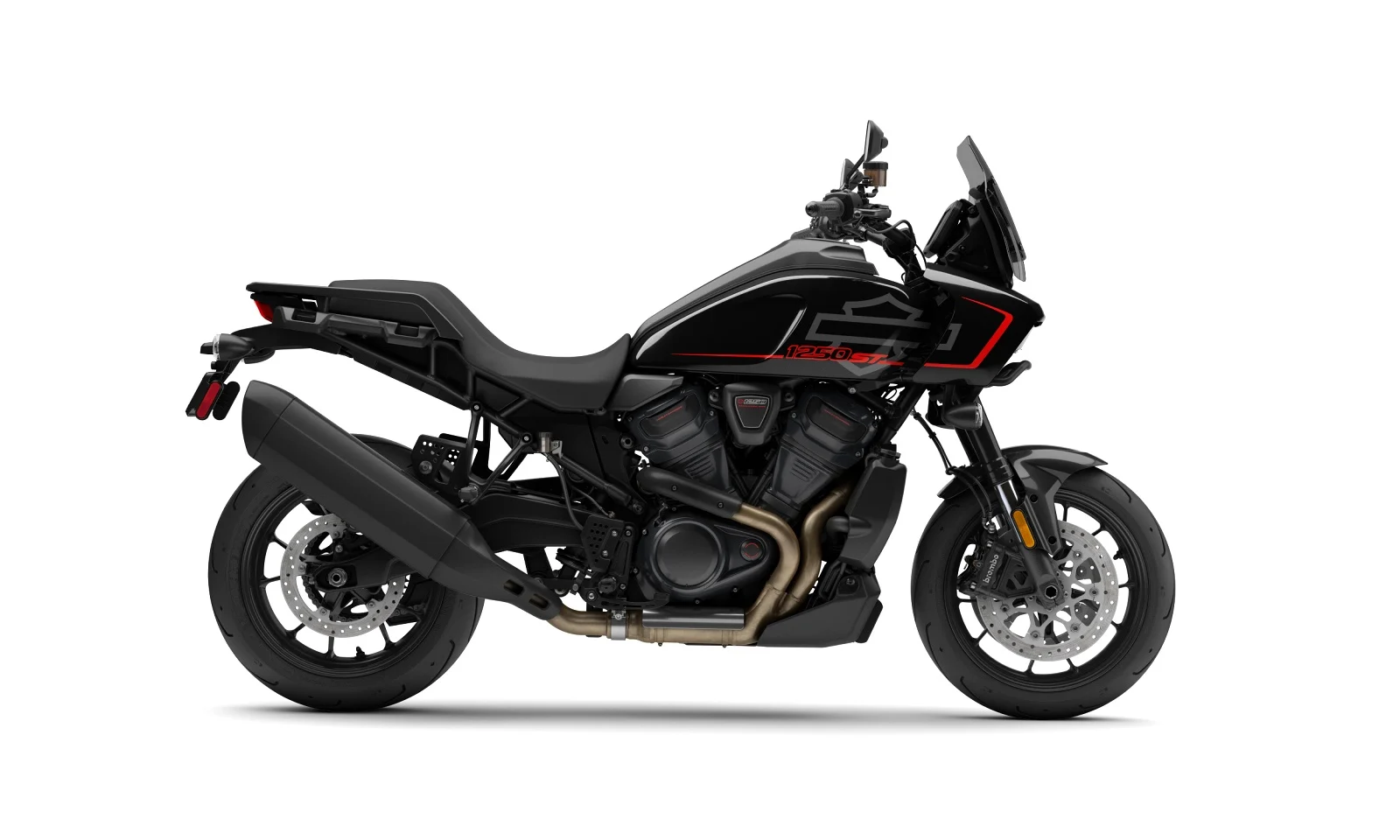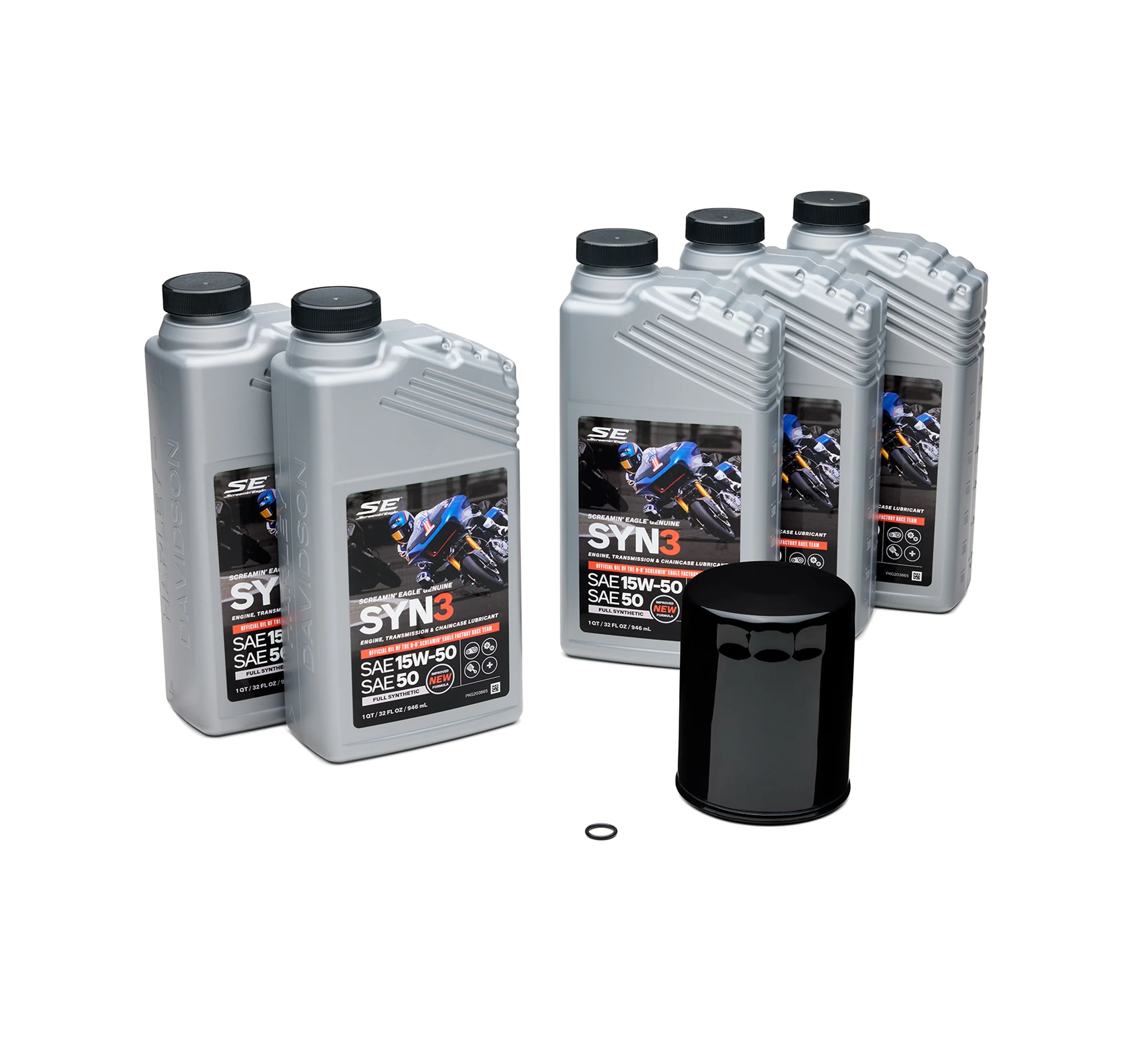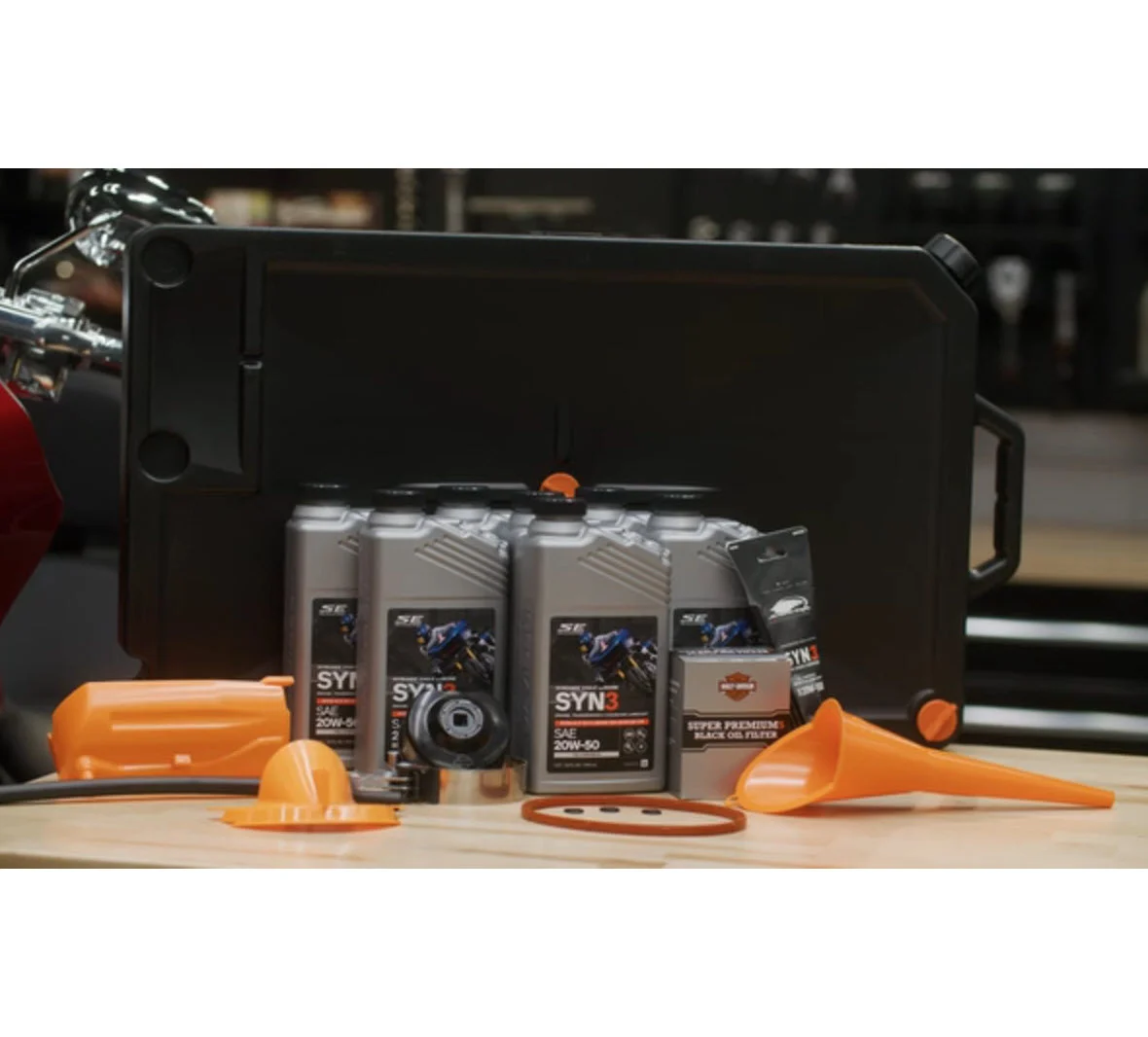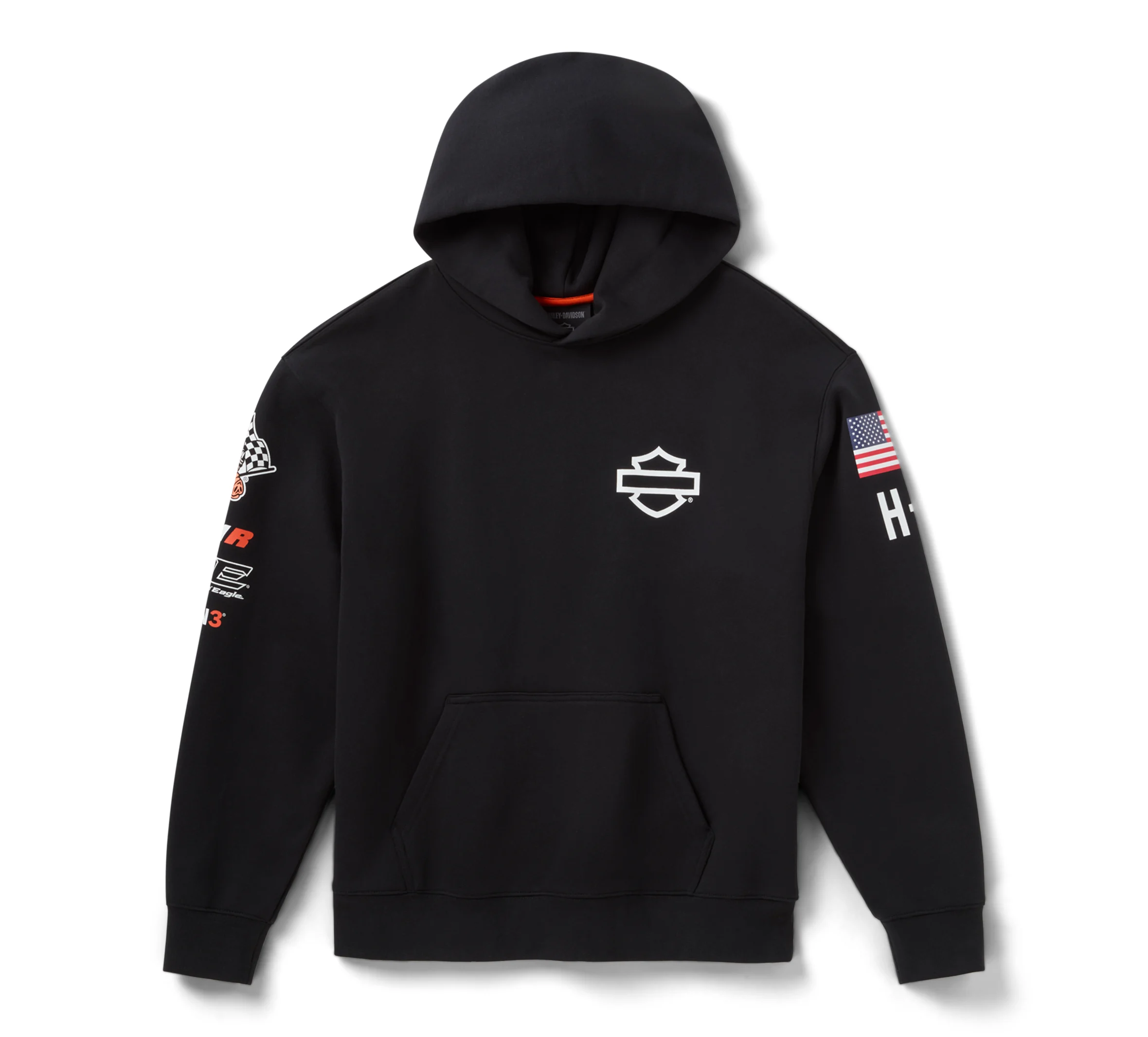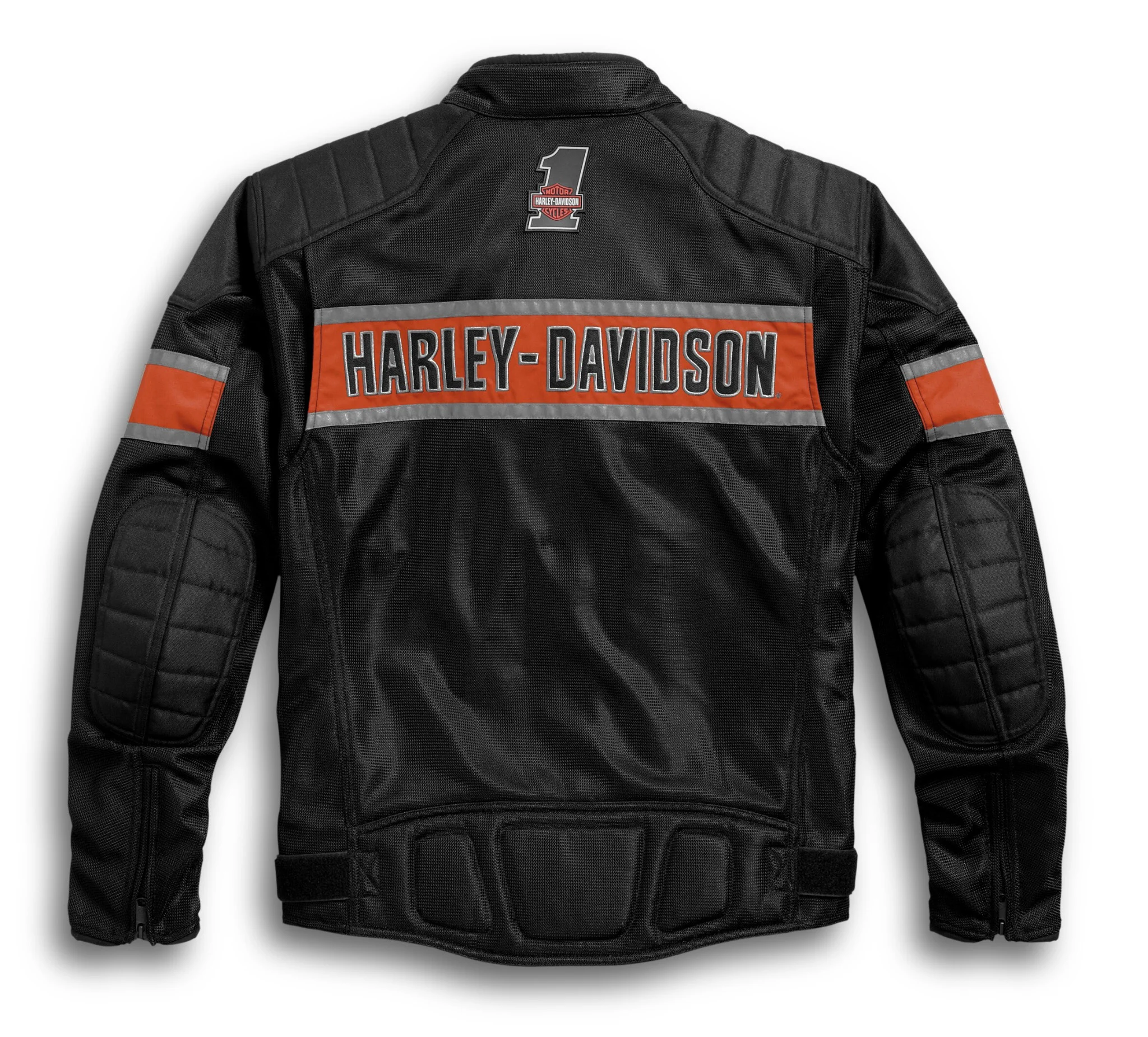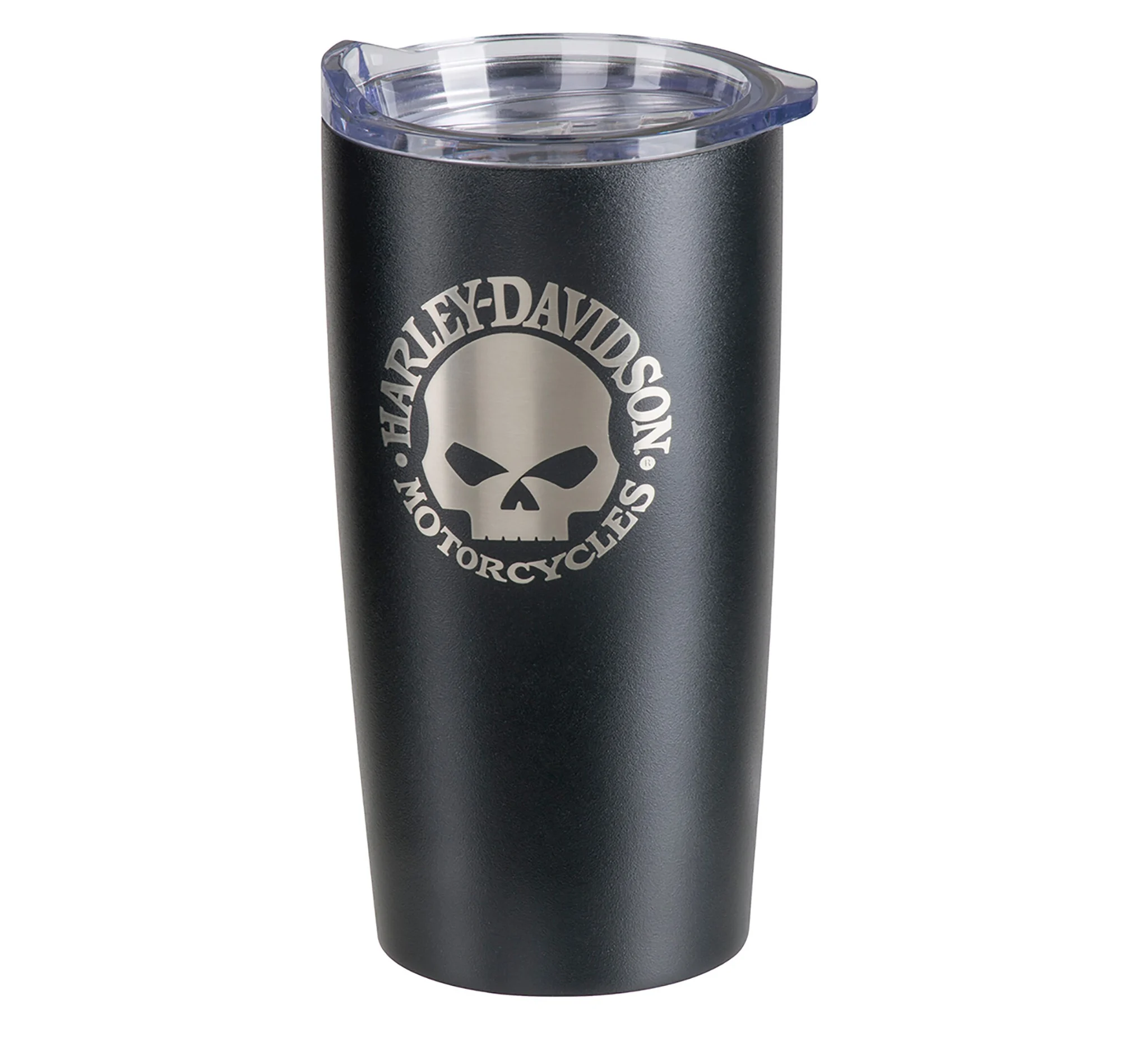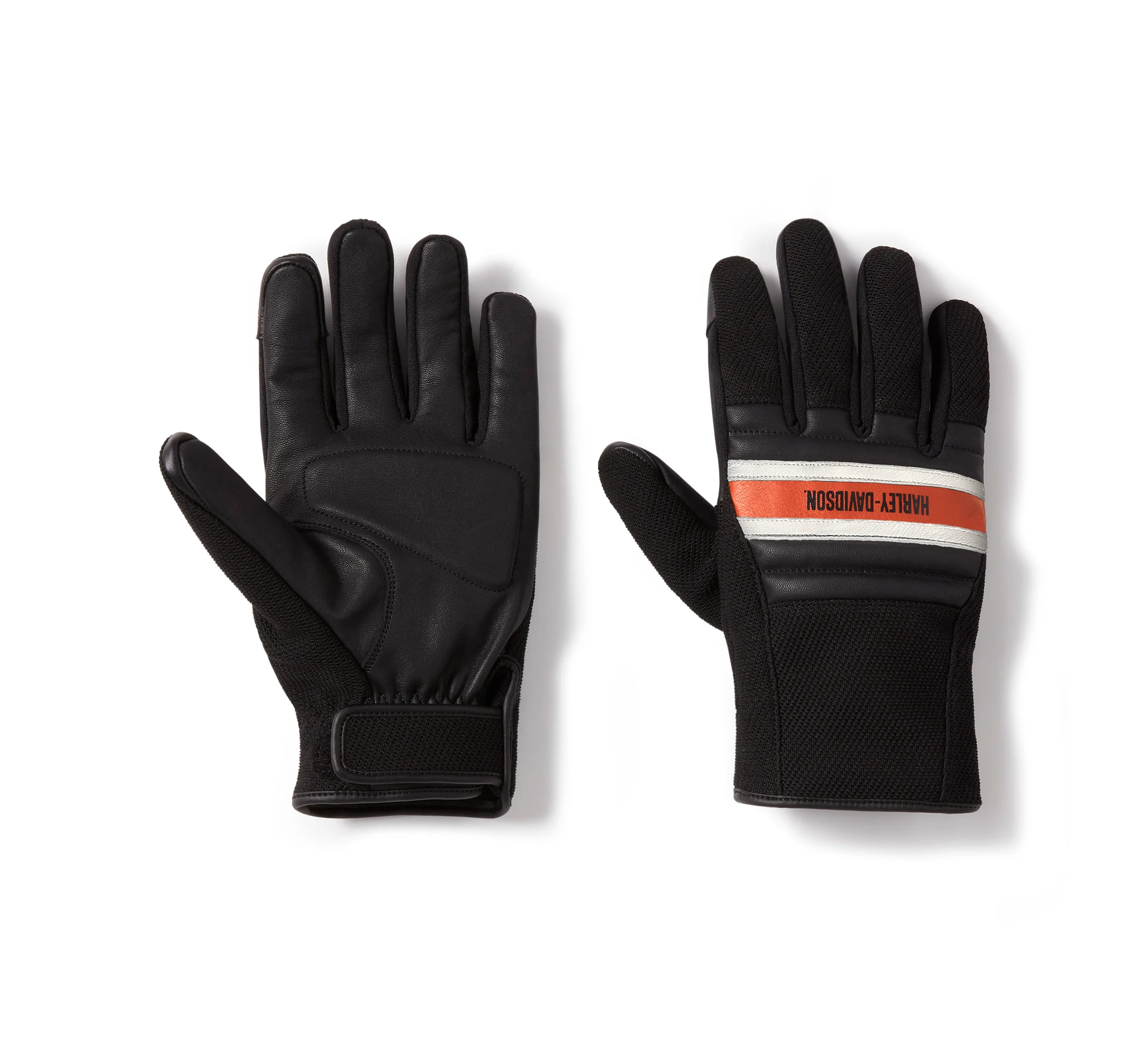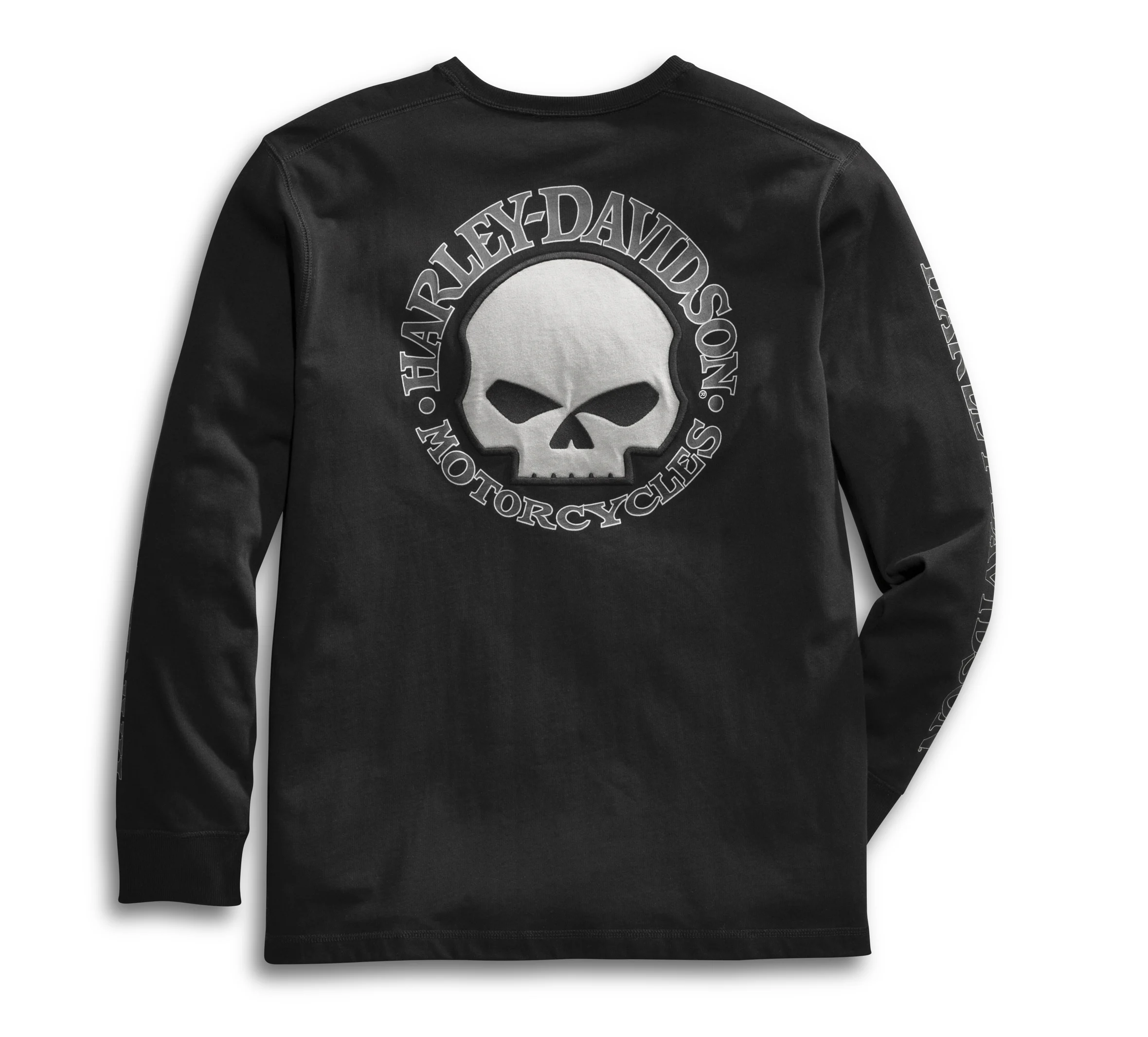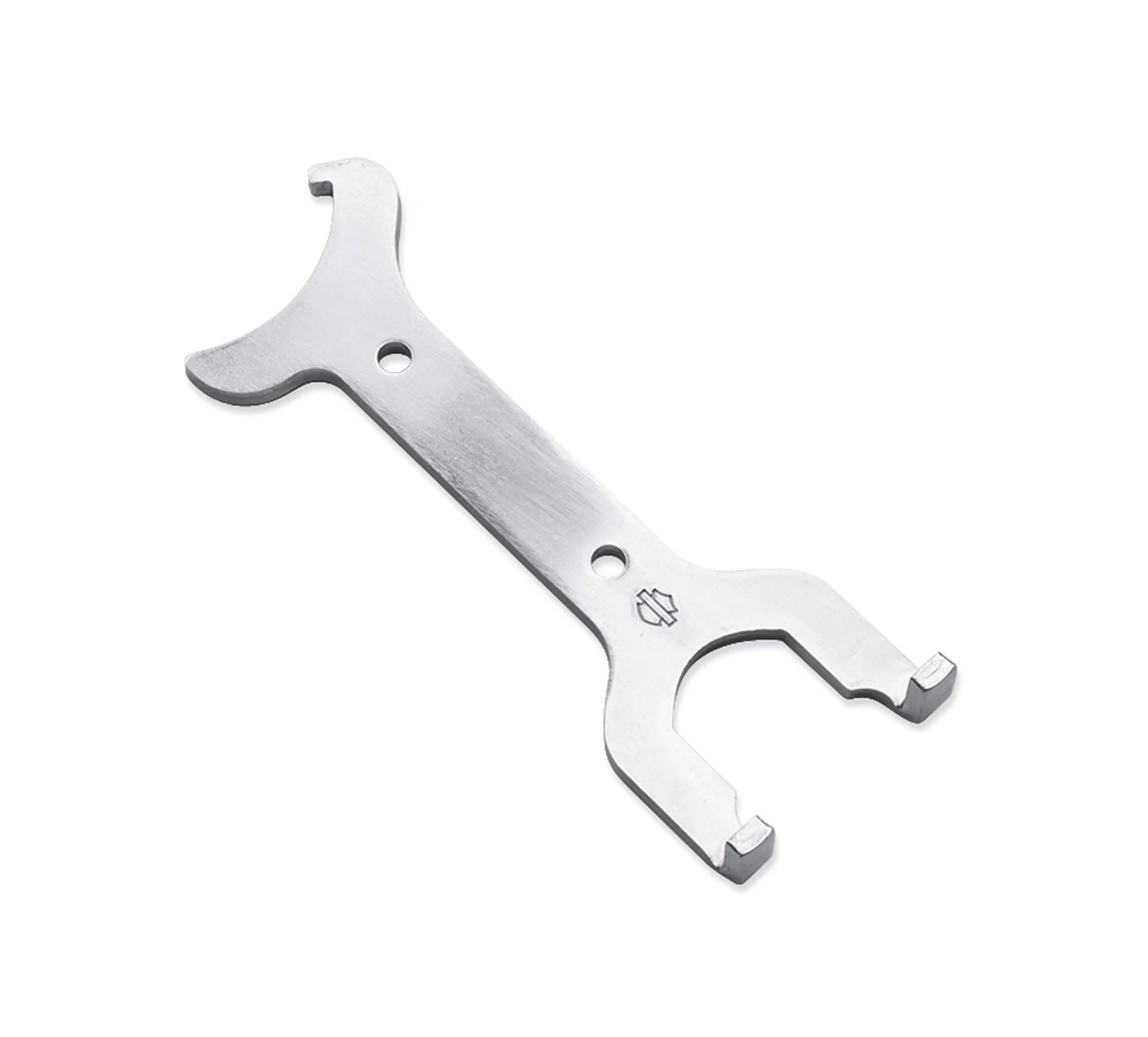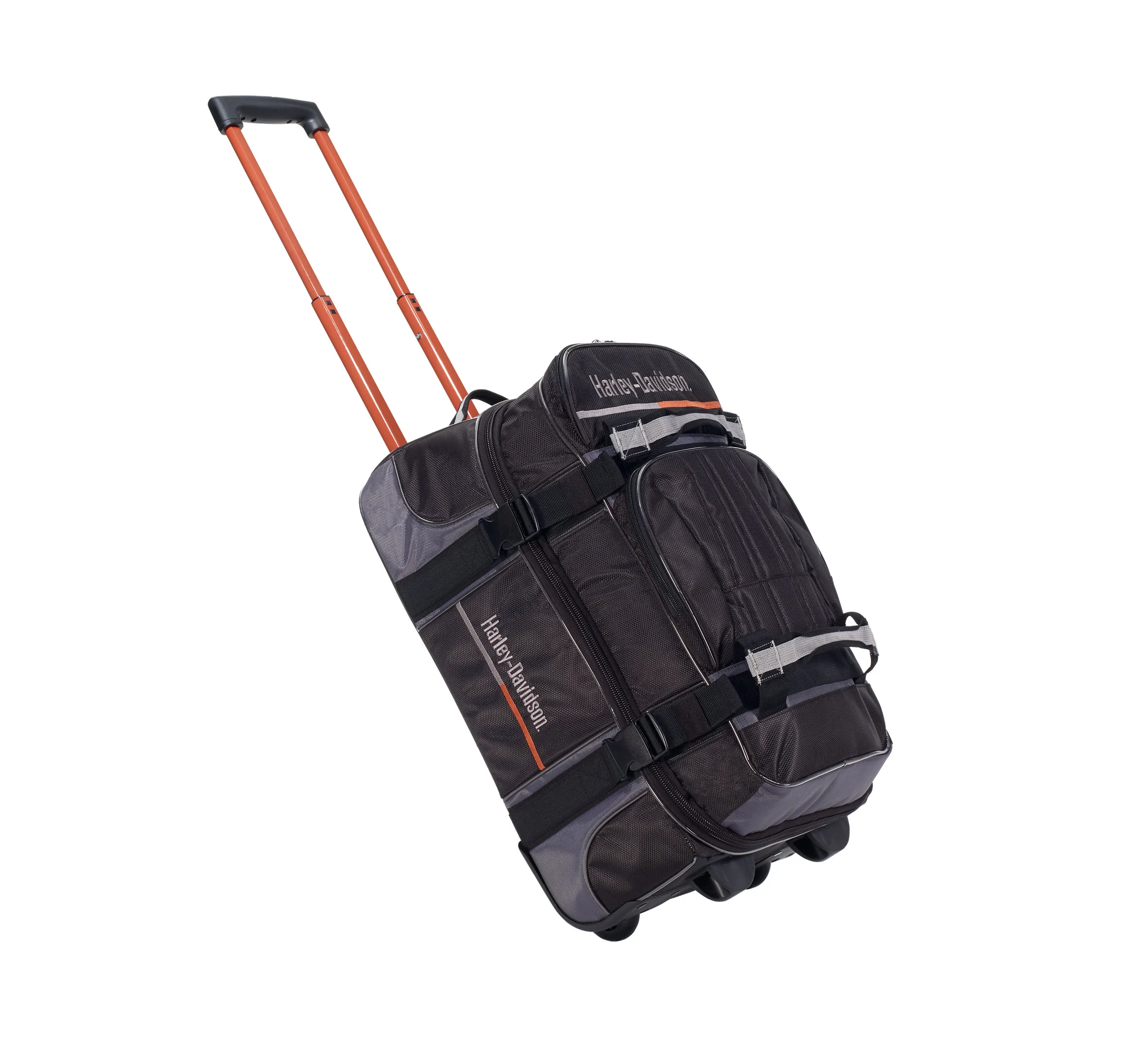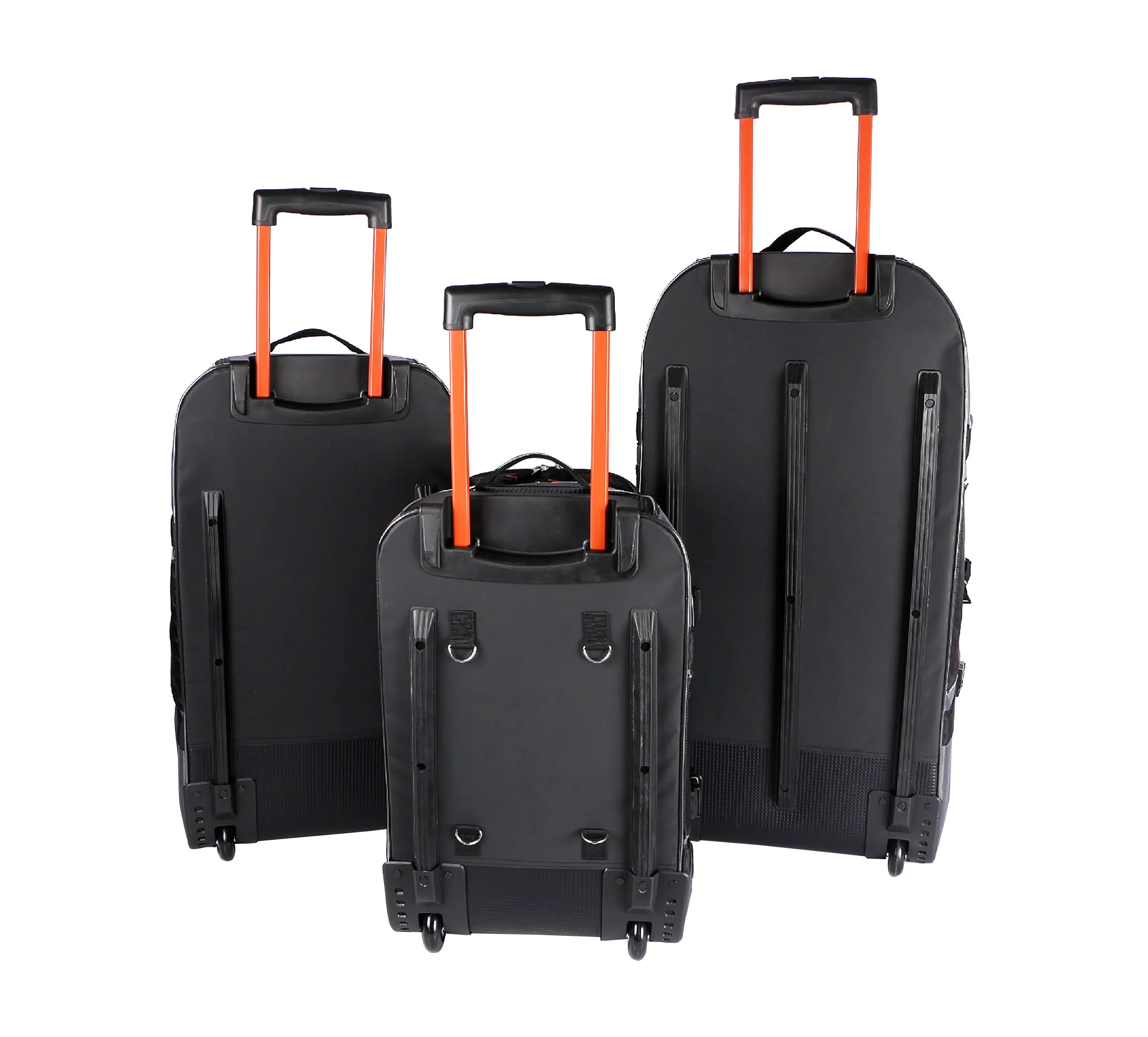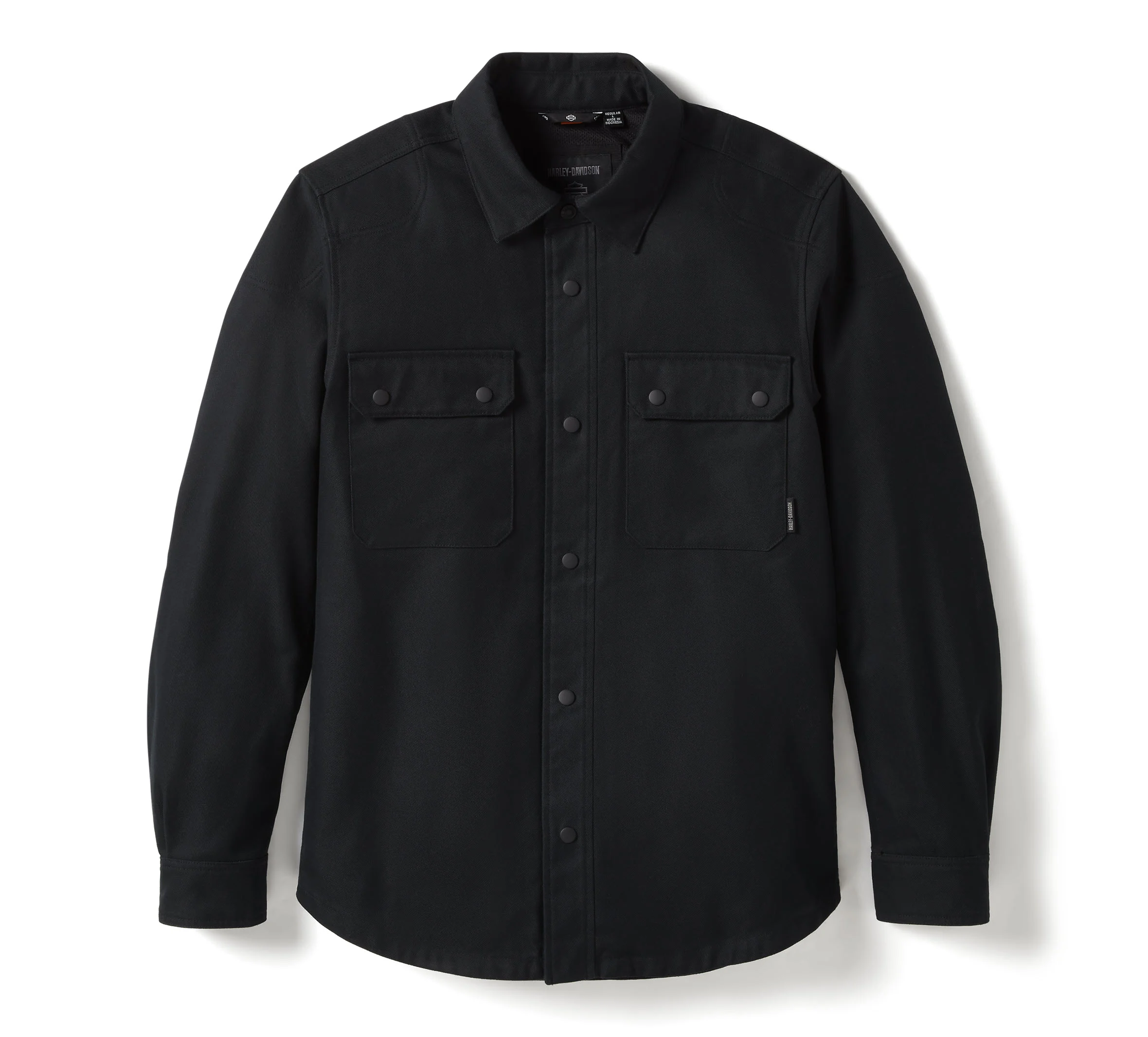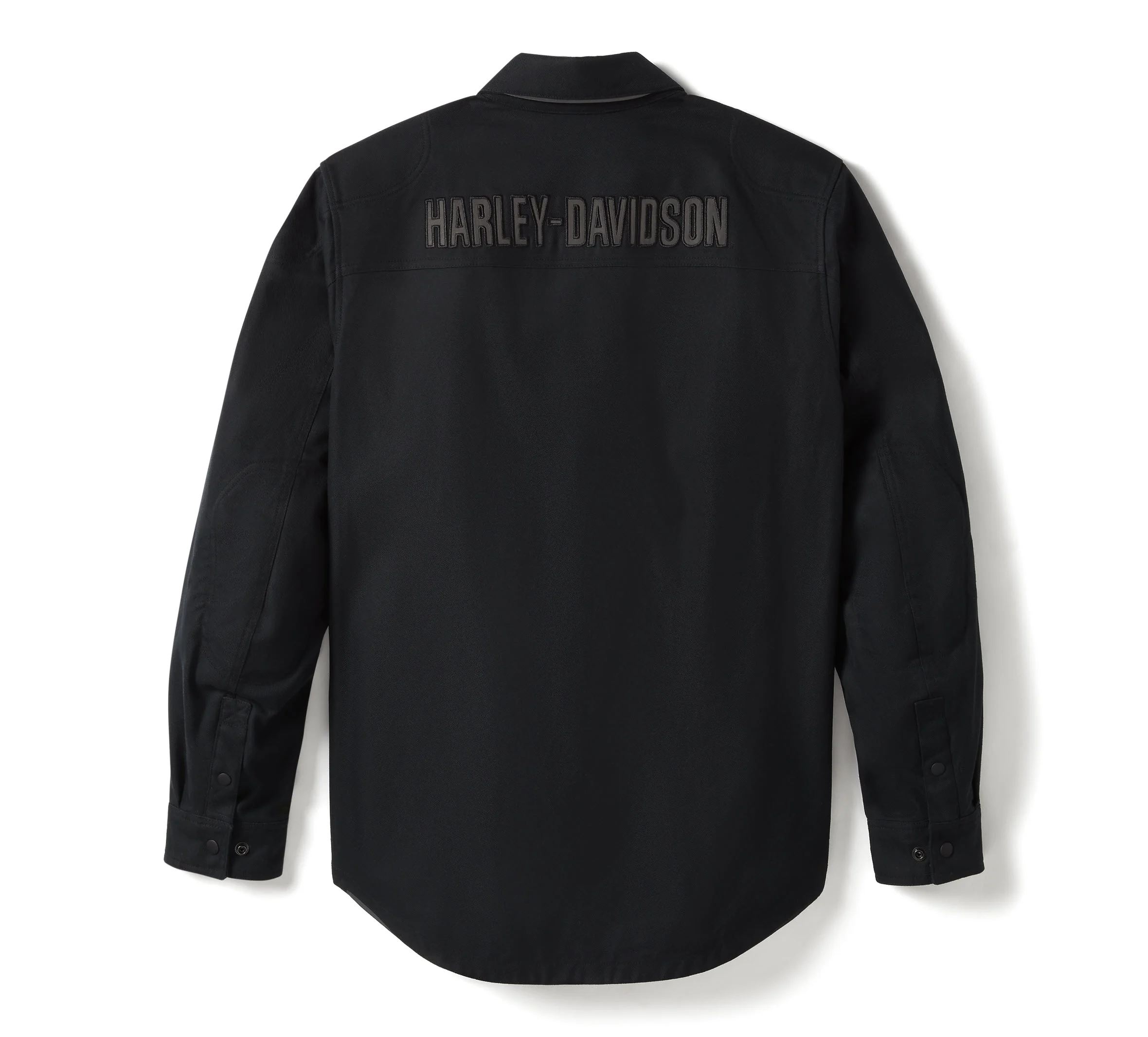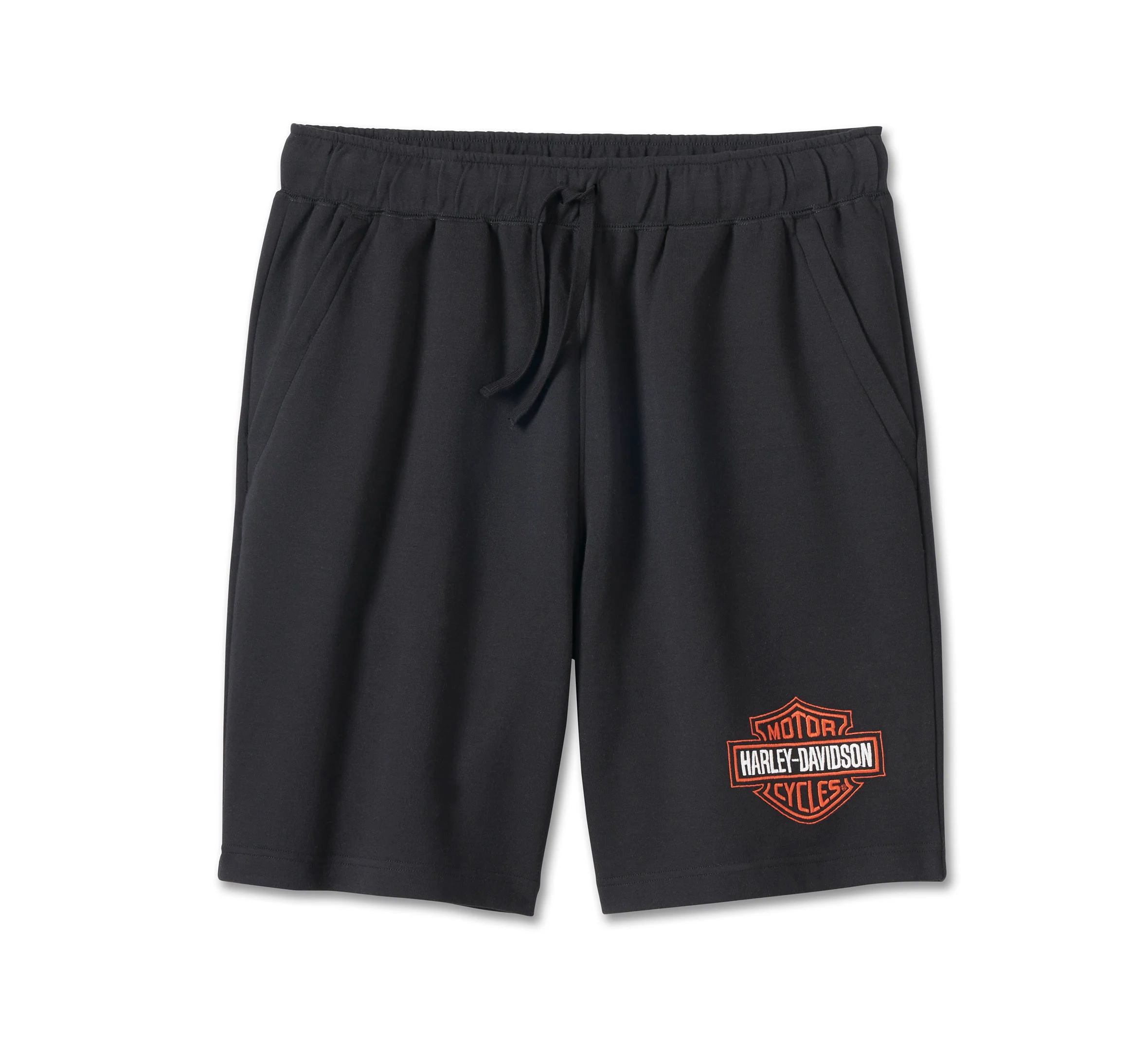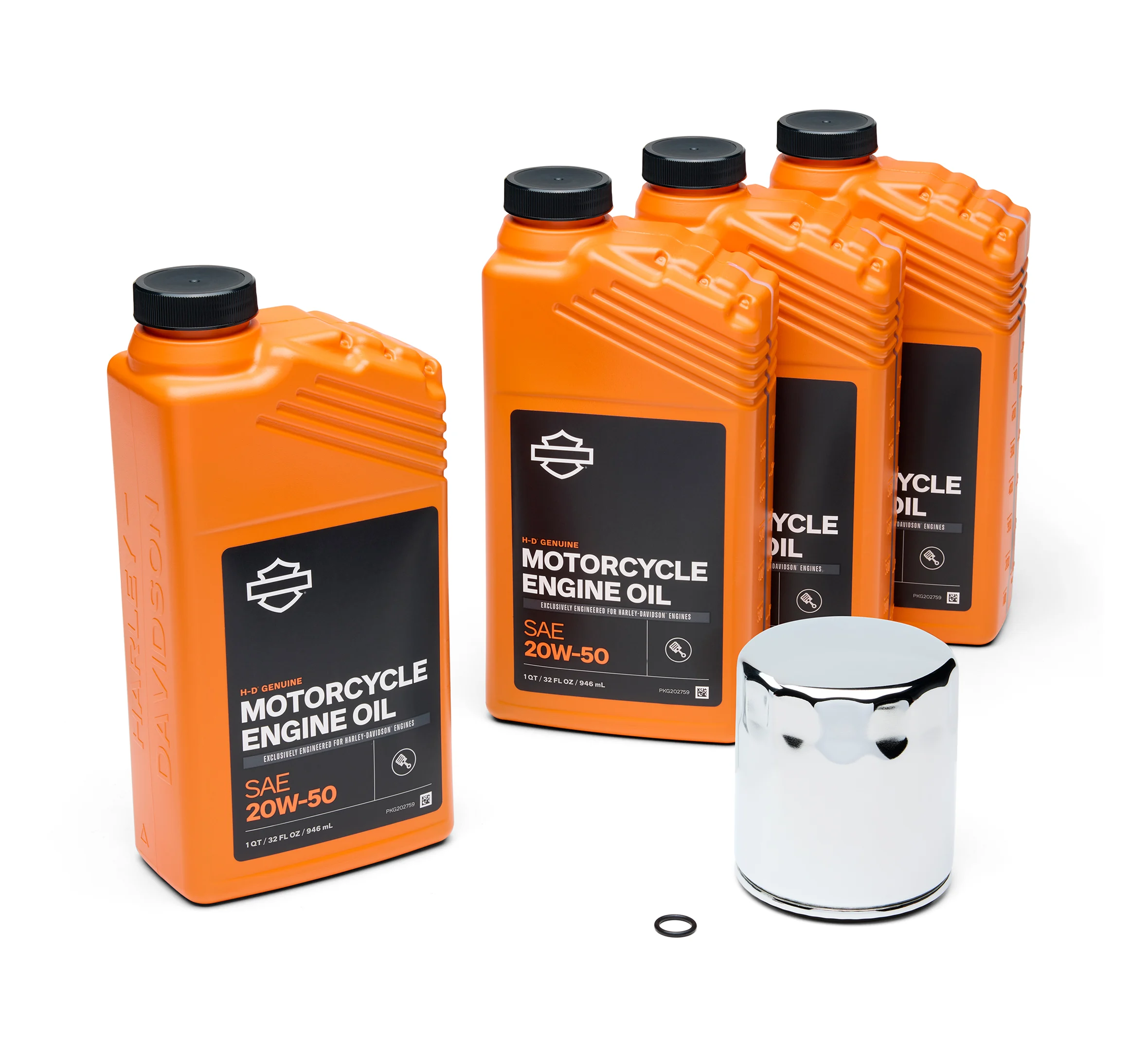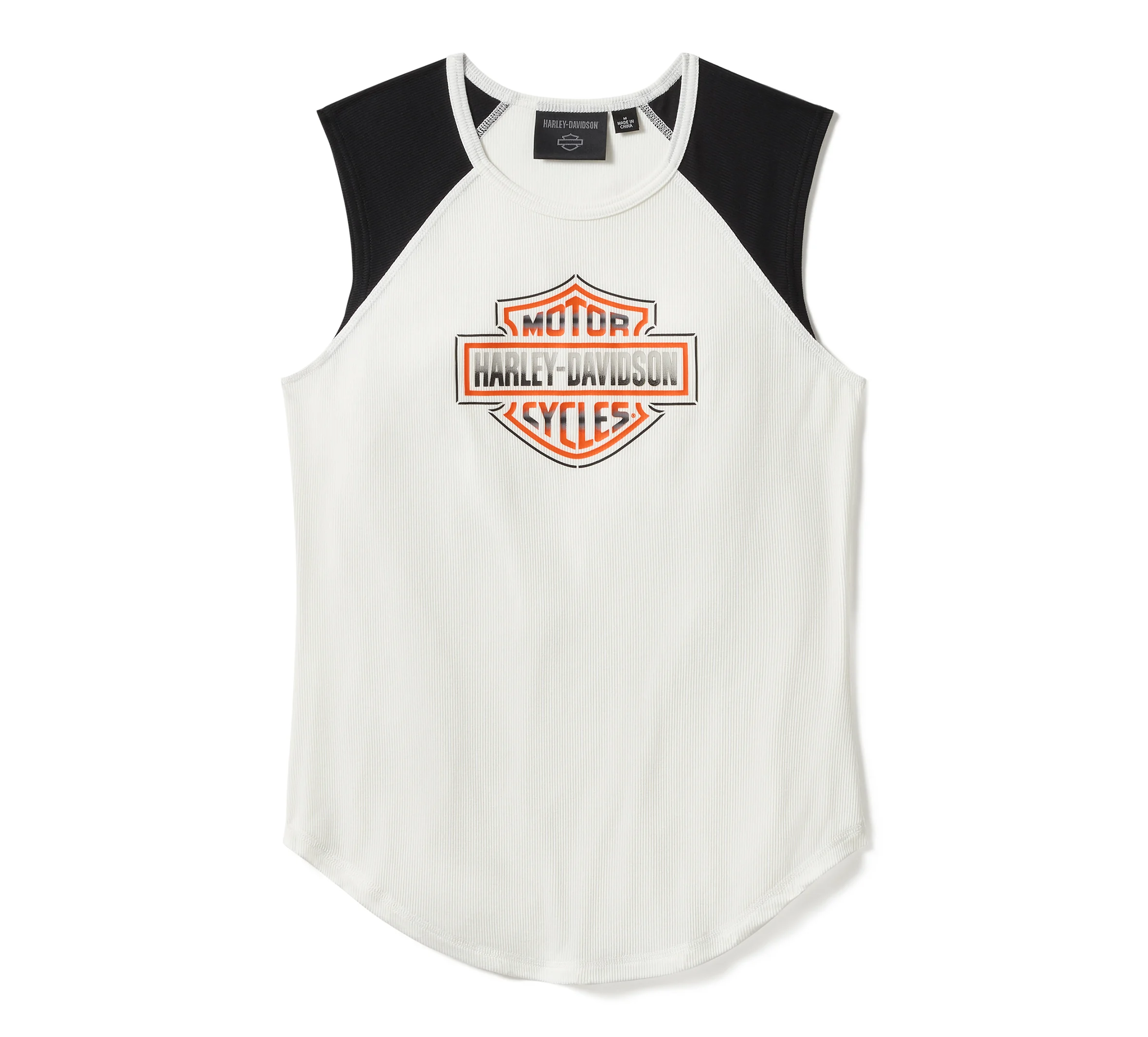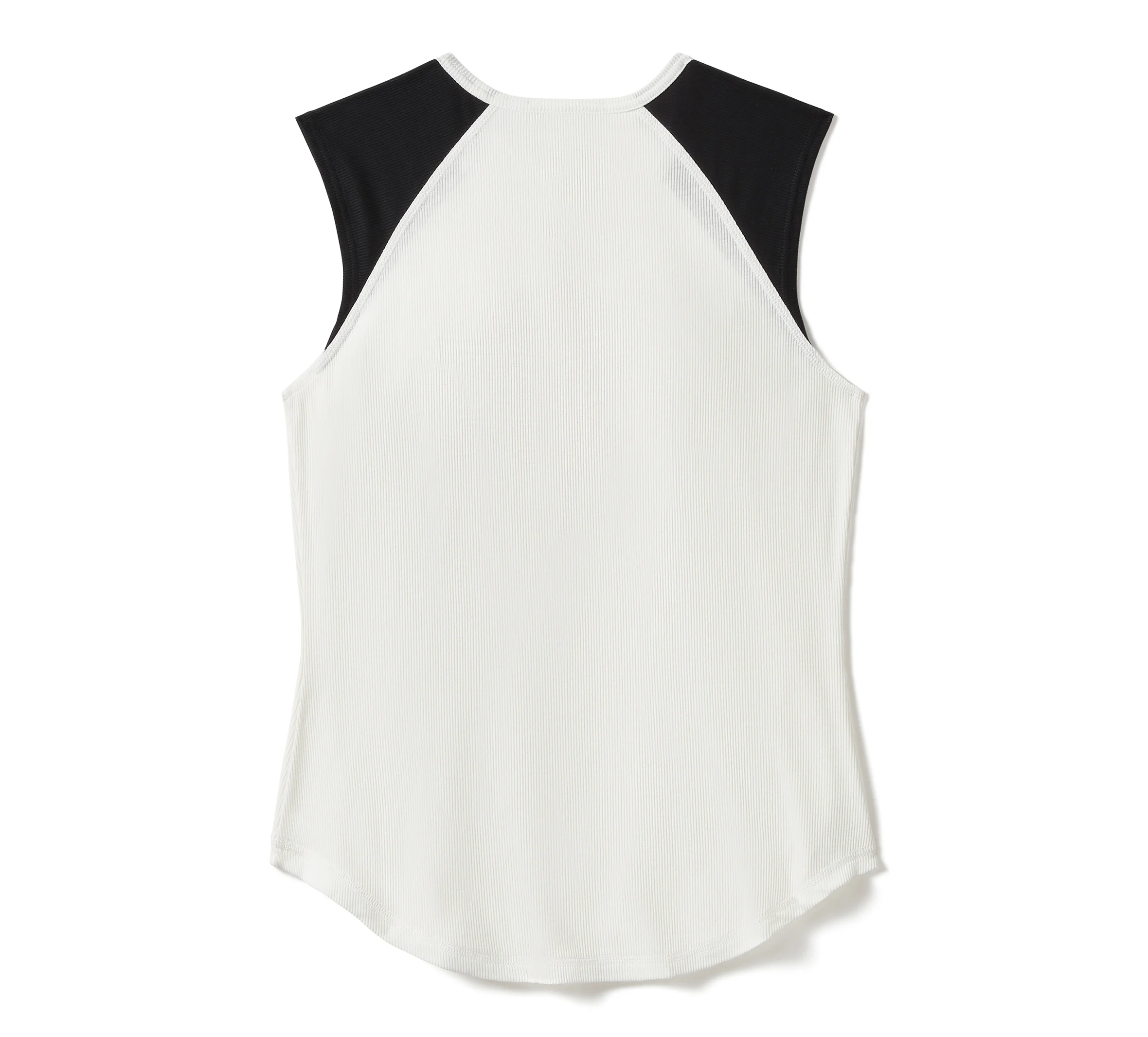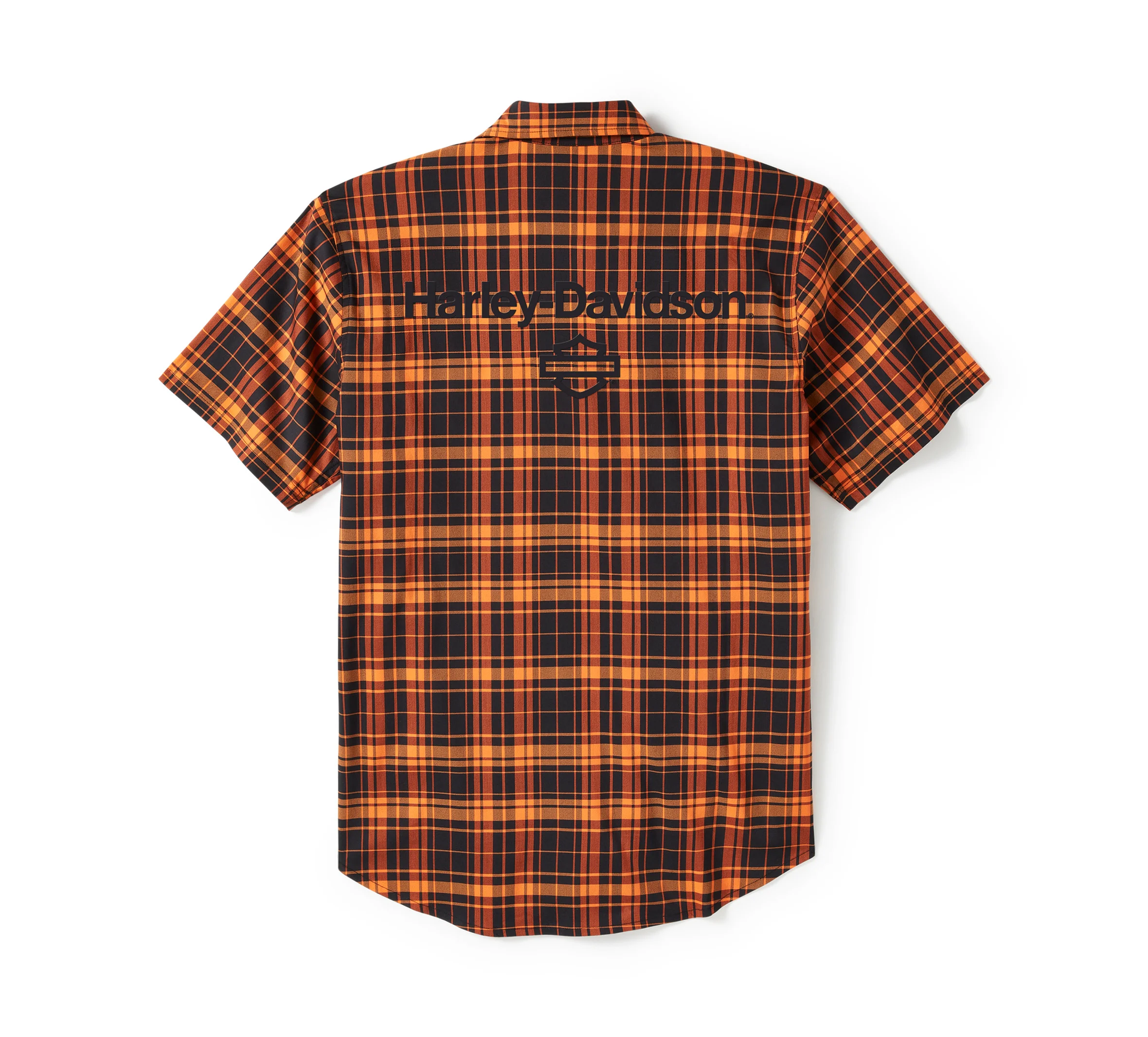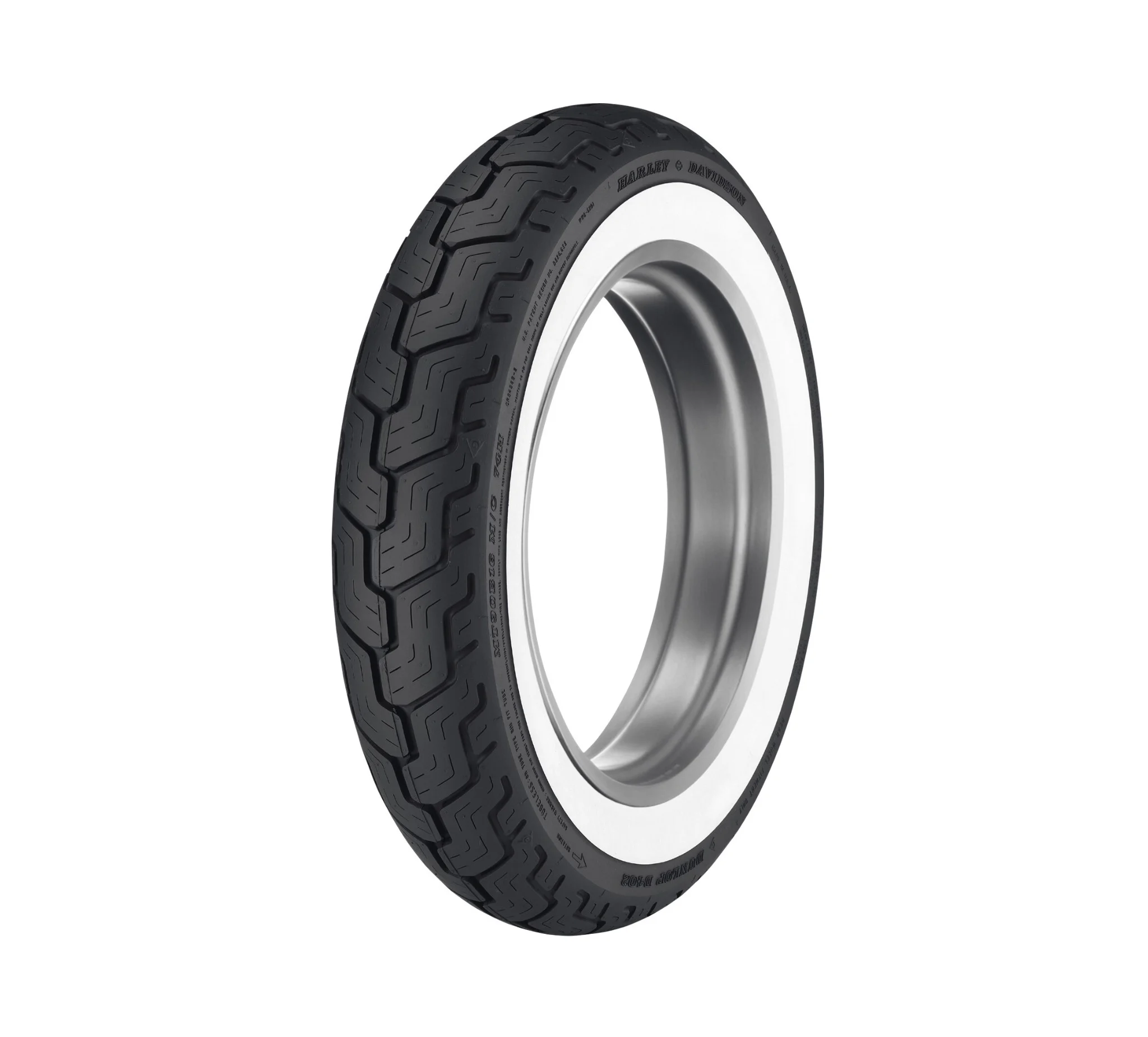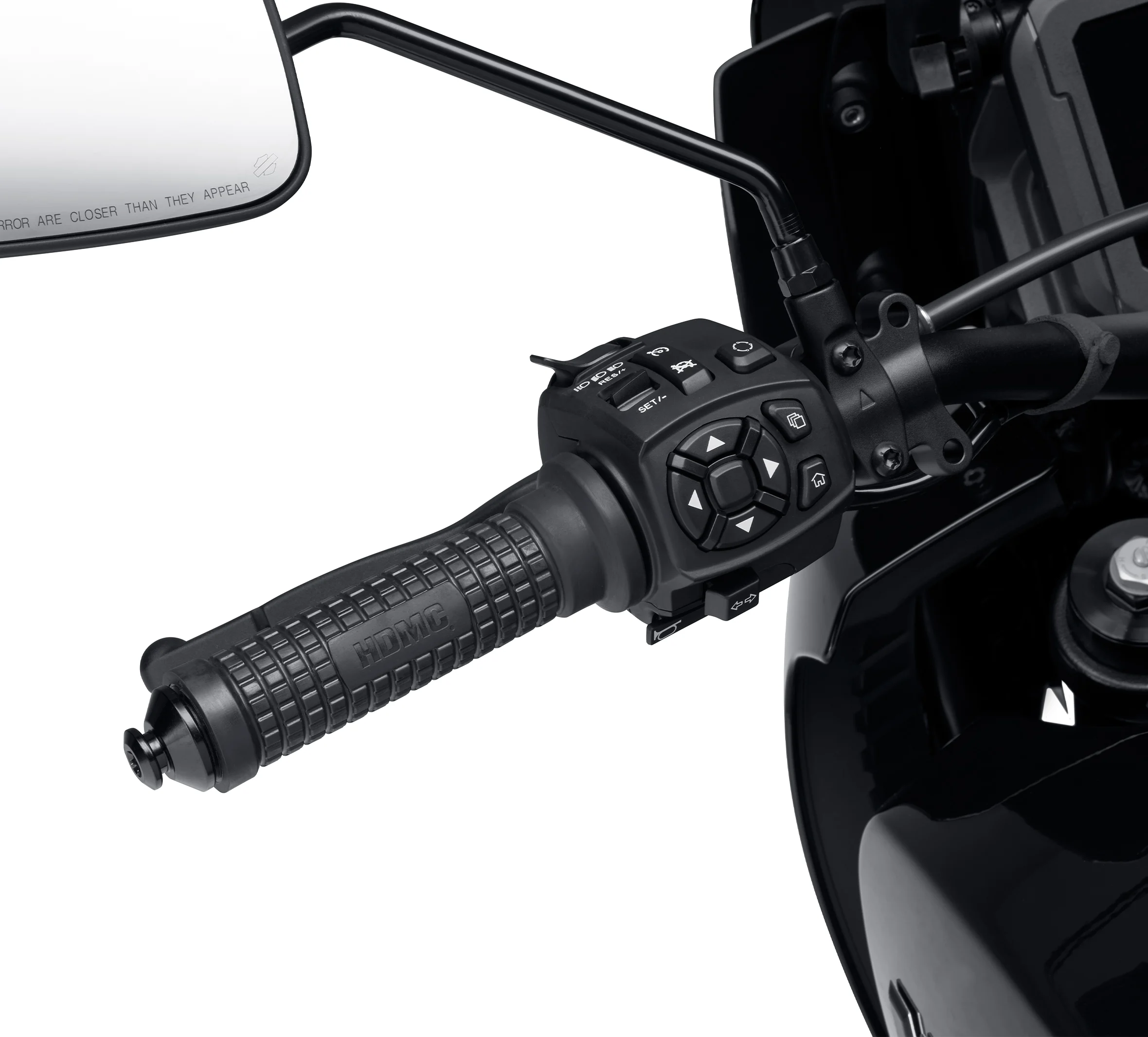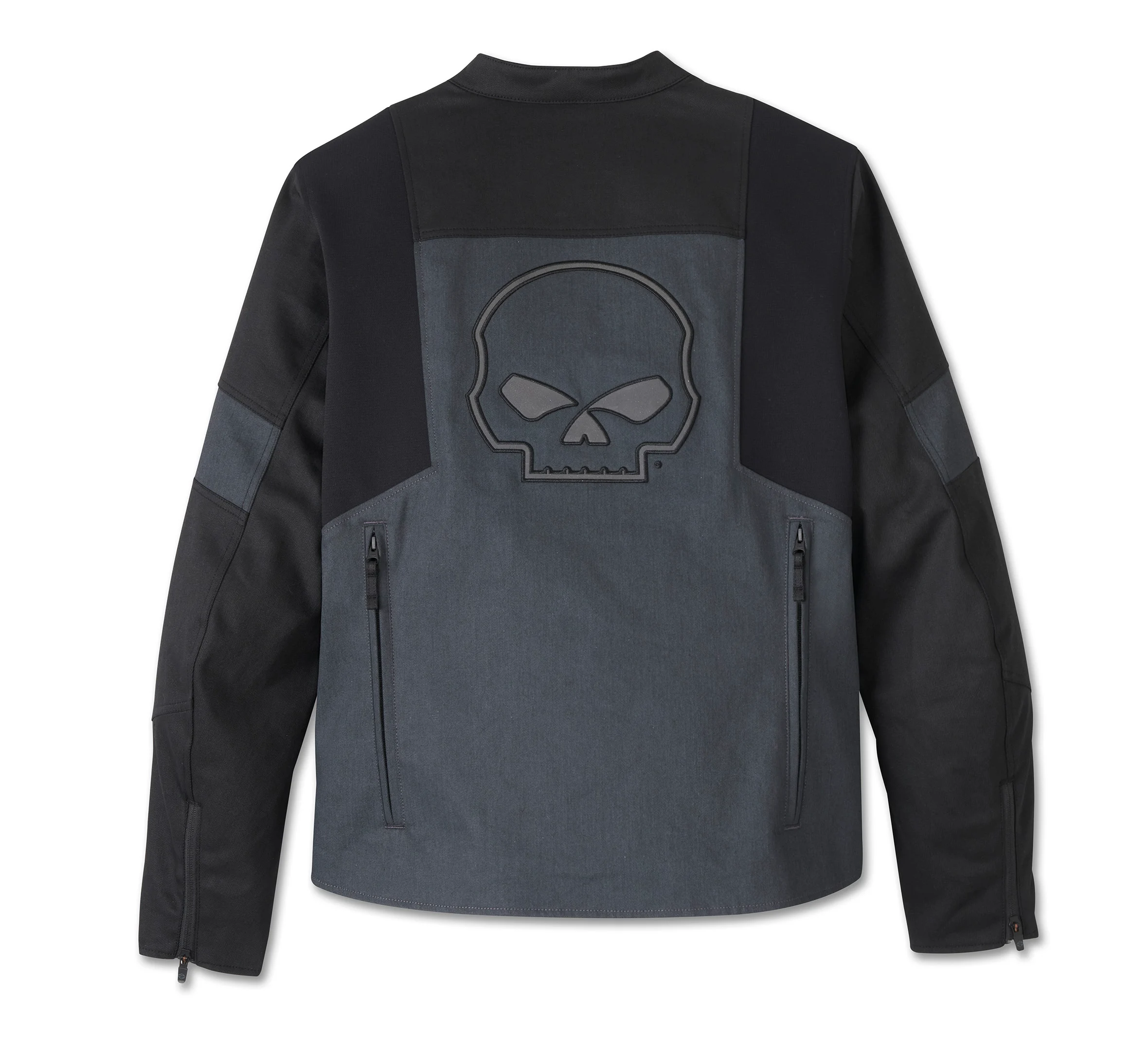Pan America® 1250 ST
DSCS is designed to reduce excessive rear-wheel slip and help prevent rear-wheel lock under powertrain-induced deceleration, which typically occurs when the rider makes an abrupt downshift gear change or quickly reduces the throttle while on wet or slippery road surfaces.
With Vehicle Hold Control (VHC), your bike’s not rolling anywhere until you’re ready to go. Perfect for hill starts or ramps, VHC keeps the brakes locked after you let go, giving you a smooth, confident launch. Just give the brake lever or pedal a quick squeeze at a stop, and VHC has you covered until you’re ready to roll. Heads up: this isn’t a parking brake replacement, but it sure makes those uphill take-offs a breeze.
TPMS alerts the rider through the information display to low or high tire air pressure. Maintaining proper tire air pressure is important both for vehicle performance and tire life.
A system that helps keep both wheels grounded during intense riding. It has two functions: front wheel lift mitigation manages torque to prevent the front wheel from lifting during acceleration, while rear wheel lift mitigation controls brake pressure to keep the rear wheel down during hard braking, helping to ensure a stable and controlled ride.
C-ABS is a variant of ABS that takes into consideration the lean angle of a two-wheel motorcycle, or the lateral acceleration of a Trike model. The brake pressure required to limit wheel slip when cornering is typically or lower than the pressure required under straight line operation.
C-ELB takes into account the motorcycle lean angle or Trike lateral acceleration. C-ELB will alter the proportioning of brake pressure between the front and rear brakes when braking while cornering in an attempt to improve the ability of the bike to maintain the rider's intended path.
C-TCS is designed to prevent the rear wheel from excessive spinning under acceleration when going straight or cornering.
On bikes equipped with C-DSCS, the system helps keep the rear wheel from slipping or locking up when you quickly downshift or let off the throttle, especially on wet or slippery roads. When turning, it can adjust based on how much a two-wheel bike is leaning or the side-to-side motion on a Trike.
Does the same job as regular wheel lift control but with a bit more finesse. It taps into the bike’s Inertial Measurement Unit (IMU) to fine-tune its control. That means more precise control when you need it most.
Gallery
(5)




Technical Specifications
DSCS is designed to reduce excessive rear-wheel slip and help prevent rear-wheel lock under powertrain-induced deceleration, which typically occurs when the rider makes an abrupt downshift gear change or quickly reduces the throttle while on wet or slippery road surfaces.
With Vehicle Hold Control (VHC), your bike’s not rolling anywhere until you’re ready to go. Perfect for hill starts or ramps, VHC keeps the brakes locked after you let go, giving you a smooth, confident launch. Just give the brake lever or pedal a quick squeeze at a stop, and VHC has you covered until you’re ready to roll. Heads up: this isn’t a parking brake replacement, but it sure makes those uphill take-offs a breeze.
TPMS alerts the rider through the information display to low or high tire air pressure. Maintaining proper tire air pressure is important both for vehicle performance and tire life.
A system that helps keep both wheels grounded during intense riding. It has two functions: front wheel lift mitigation manages torque to prevent the front wheel from lifting during acceleration, while rear wheel lift mitigation controls brake pressure to keep the rear wheel down during hard braking, helping to ensure a stable and controlled ride.
C-ABS is a variant of ABS that takes into consideration the lean angle of a two-wheel motorcycle, or the lateral acceleration of a Trike model. The brake pressure required to limit wheel slip when cornering is typically or lower than the pressure required under straight line operation.
C-ELB takes into account the motorcycle lean angle or Trike lateral acceleration. C-ELB will alter the proportioning of brake pressure between the front and rear brakes when braking while cornering in an attempt to improve the ability of the bike to maintain the rider's intended path.
C-TCS is designed to prevent the rear wheel from excessive spinning under acceleration when going straight or cornering.
On bikes equipped with C-DSCS, the system helps keep the rear wheel from slipping or locking up when you quickly downshift or let off the throttle, especially on wet or slippery roads. When turning, it can adjust based on how much a two-wheel bike is leaning or the side-to-side motion on a Trike.
Does the same job as regular wheel lift control but with a bit more finesse. It taps into the bike’s Inertial Measurement Unit (IMU) to fine-tune its control. That means more precise control when you need it most.
Gallery
(5)





